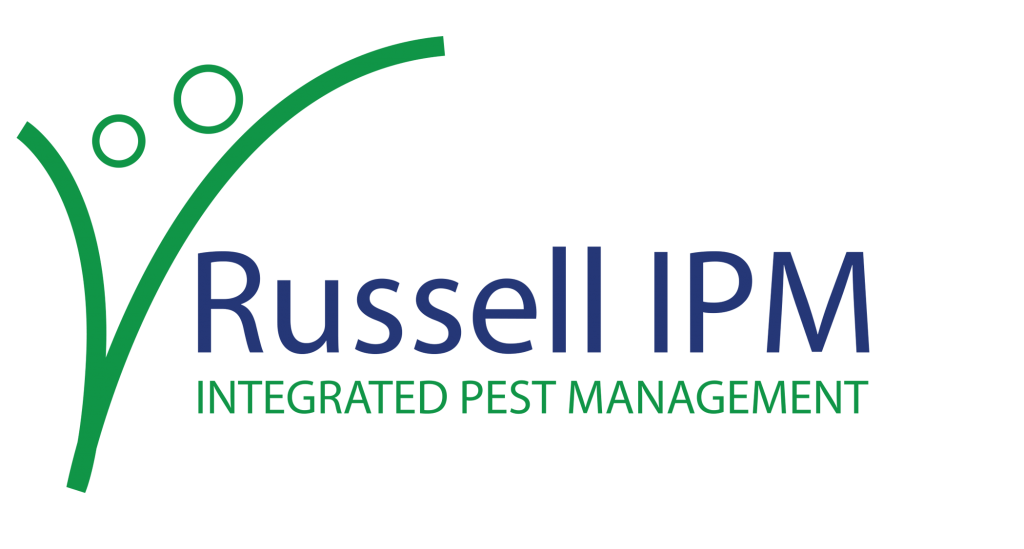Biology
The body and wing colour of the mango fruit fly are yellowish in colour, with the thorax prominently ringed with black spots that are centrally located followed by two larger spots located on the scutellum.
Adult wing length can reach 6mm and each wing contains costal bands and discal bands. The adults are similar in colour and size to the Mediterranean Fruit Fly, Ceratitis capitata, to distinguish between the two, the medfly thorax is much darker and the apex of the scutellum is completely black.
The life stages of Ceratitis cosyra are as follows; the egg period lasts from 2- 3 days, larva begin maturing in approximately 5 days, taking longer in non-favourable conditions. The pupa of C. cosyra can take 9-12 days to begin maturing into an adult which is alive for up to 60 days.
Fruits can become readily infested with females beginning oviposition from 2 weeks and continuing up to 8 weeks, with an average of 50 larvae per fruit.
Nature of Damage
During larval feeding and oviposition the damage to fruit by the Mango fruit fly can include the following symptoms: discoloration, secondary moulding, blackening of the fruit around lesions, exithole and notable odours.
Monitoring
Russell IPM produce Ceratitis cosyra pheromone traps for the monitoring and management of Mango fruit fly. Ceratitis cosyra pheromone lures are available for use with Russell IPM’s Flycatcher trap.


